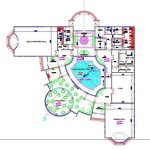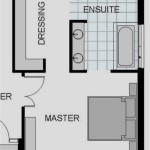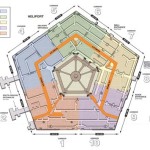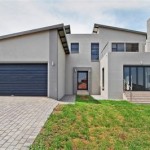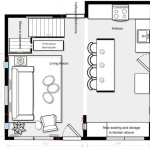Complete House Plan Design: Essential Considerations
Designing your dream home is an exciting and complex endeavor. Creating a complete house plan that meets your functional needs, aesthetic preferences, and budget constraints requires careful consideration and meticulous planning. Here are some essential aspects to guide you through the process of designing a well-rounded house plan:
Functional Layout
The layout of your house should prioritize functionality and flow. Plan for a seamless connection between the different spaces, considering how you will move through the house. Designate specific areas for key activities, such as cooking, dining, sleeping, and relaxing. Ensure that the layout allows for natural transitions and minimizes unnecessary corridors or wasted space.
Room Size and Proportions
The size and proportions of each room are crucial for comfort and aesthetics. Consider the intended use of the space and how many people will typically occupy it. Determine the appropriate dimensions to accommodate furniture, provide ample circulation, and create a sense of balance and harmony. Pay attention to ceiling heights, as they can significantly impact the overall ambiance.
Light and Ventilation
Natural light is essential for a healthy and inviting living environment. Design your house plan to maximize natural daylight by incorporating large windows and skylights in key areas. Ensure proper ventilation by providing cross-ventilation through windows, doors, or mechanical systems. A well-lit and well-ventilated home promotes comfort, reduces energy consumption, and enhances overall well-being.
Exterior Design
The exterior design of your house should complement the architectural style and surroundings. Consider the materials, colors, and textures that will enhance the curb appeal and reflect your personal taste. Plan for outdoor spaces, such as patios, porches, or balconies, to extend your living areas and connect with nature.
Sustainability
Incorporating sustainable features into your house plan is essential for both environmental and financial benefits. Consider energy-efficient appliances, insulation, and lighting systems. Utilize renewable energy sources, such as solar panels, to reduce your reliance on fossil fuels. By designing a sustainable home, you can minimize its environmental impact and create a healthier living environment.
Budget and Timeline
Establish a realistic budget and timeline for your house plan design and construction. Determine the estimated costs for materials, labor, permits, and other expenses associated with the project. Establish a reasonable timeline that allows for unexpected delays or unforeseen circumstances. Consulting with architects, contractors, and interior designers can provide valuable insights into cost estimates and project duration.
Personalization and Customization
Your house plan should reflect your unique style and lifestyle. Customize the design to meet your specific needs, preferences, and aspirations. Consider features such as built-in storage, custom millwork, and unique architectural accents that enhance the functionality and aesthetic appeal of your home. Personalize the spaces to create a reflection of your personality and values.

Small House Design 2024005 Pinoy Eplans Modern Plans Floor

House Plans How To Design Your Home Plan

House Plans How To Design Your Home Plan

22 House Design With Floor Plans You Will Love Simple Two Story Beautiful Designs Exterior

House Plans How To Design Your Home Plan

3 Bedroom House Plans Your Guide To Perfect Home Design

Standard House Plan Collection Engineering Discoveries Duplex Plans Unique Three Bedroom

Small House Plans Popular Designs Layouts

Small House Design Shd 2024007 Pinoy Eplans One Y Bungalow Plans Floor

18 Small House Designs With Floor Plans And Decors


